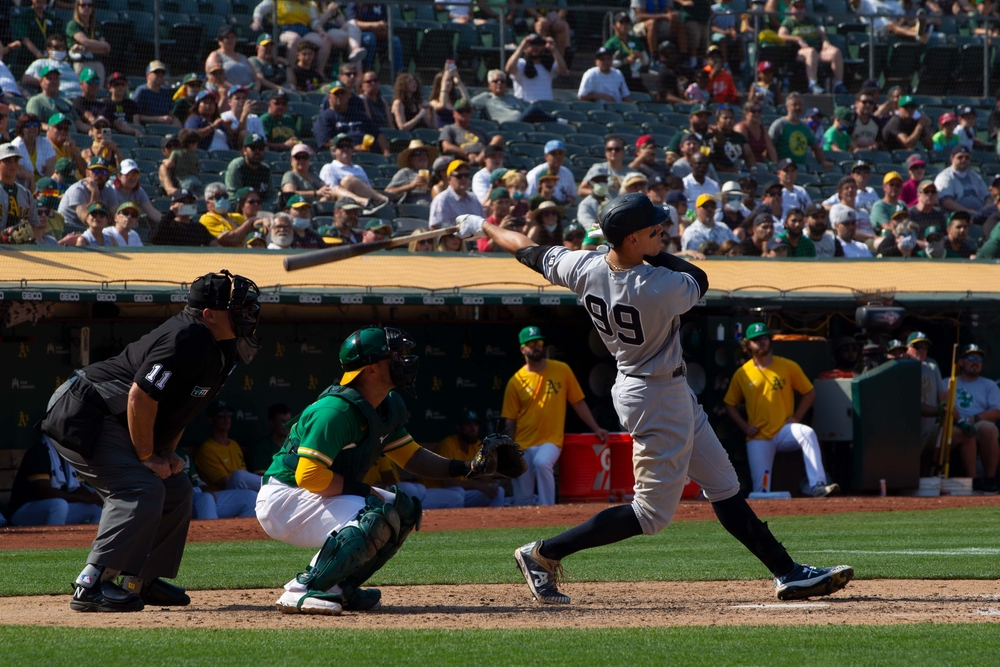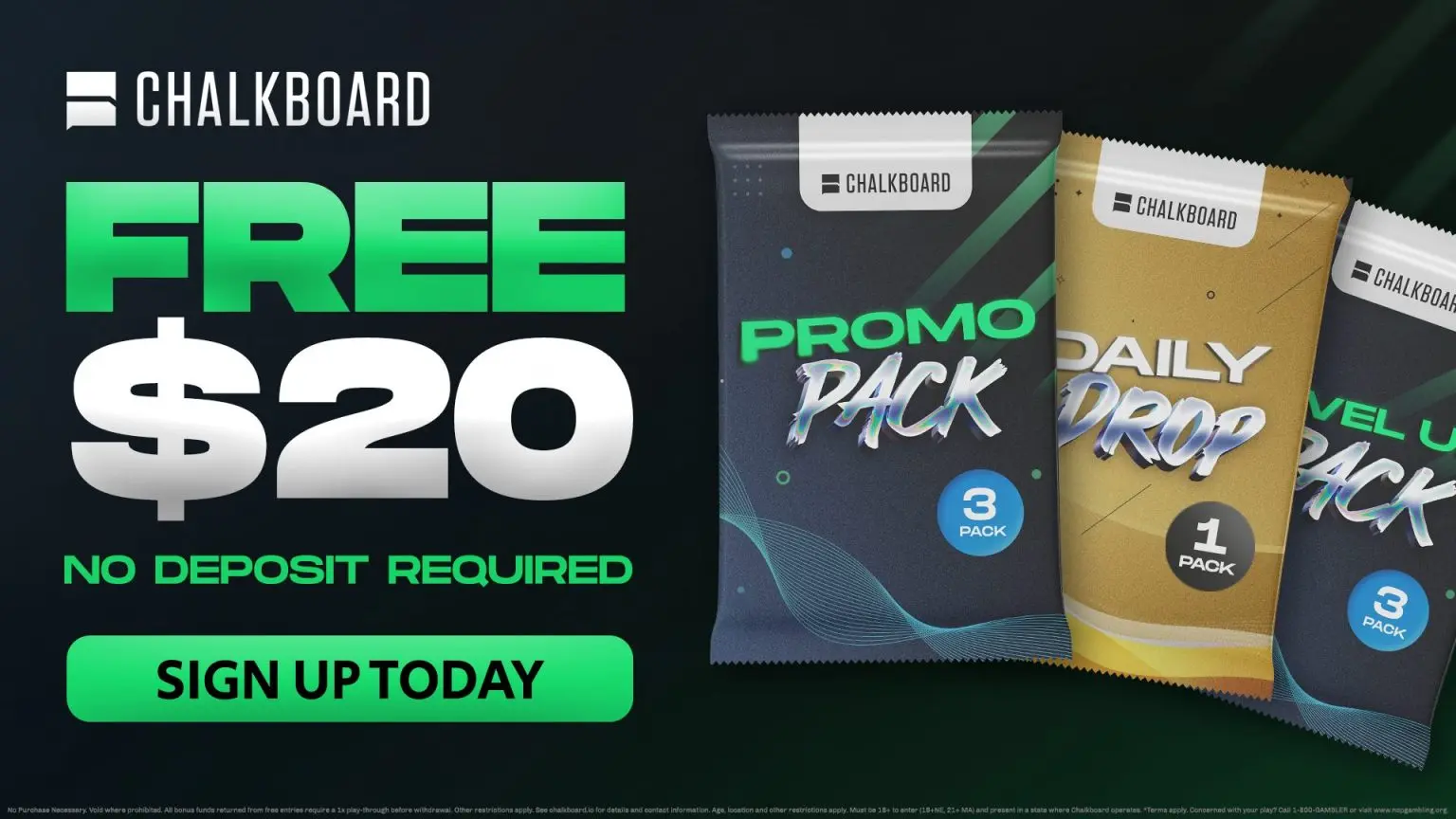Looking to hit a home run with your MLB betting (I know, cheezy🤪)? Daily home run prop bets are one of the most exciting ways to get in on the action, offering fans and bettors a chance to wager on which sluggers will go yard in any given game. Whether you’re a seasoned sports bettor or a crazed DFS player dipping your toes into the world of player props, our daily MLB home run props have you covered.
From top power hitters to under-the-radar sleepers, we’ll break down the best bets, key stats, and expert insights to help you make informed picks every day of the season. Bookmark this page and swing by for the latest updates as we track the dingers all season long!
How To Bet Home Run Props Before & During The Season
As a bettor focusing on MLB home run prop bets, my approach is systematic, data-driven, and disciplined.
Here’s how I tackle it during the MLB season:
1. Understand the Market
Home run prop bets typically come in two forms: “Will Player X hit a home run?” (Yes/No) or “Over/Under X home runs” for a game or series. Odds are set based on player performance, matchups, and external factors. My goal is to identify inefficiencies in the lines where the implied probability doesn’t match the actual likelihood.
2. Data Analysis
I rely heavily on statistical models and historical data:
- Player Stats: Look at a batter’s home run rate (HR/AB), ISO (isolated power), fly ball percentage, and recent form (e.g., last 14 days). Guys with high fly ball rates and power metrics (e.g., Aaron Judge, Pete Alonso) are prime candidates.
- Pitcher Matchups: Analyze the opposing pitcher’s tendencies, HR/9 (home runs per nine innings), fly ball rate allowed, and pitch types. A pitcher who gives up a lot of fly balls or struggles with hard contact (e.g., high barrel rate allowed) is a green flag.
- Ballpark Factors: Adjust for park dimensions and weather. Coors Field or Great American Ball Park boost home run odds, while Oracle Park suppresses them. Check wind direction and temperature; warm, windy days favor hitters.
- Splits: Dig into batter vs. pitcher history (small sample, but useful) and platoon splits (e.g., lefty batter vs. righty pitcher). Some hitters crush specific pitch types (e.g., fastballs) that a pitcher leans on.
3. Situational Factors
- Lineup Position: Batters higher in the order (1-5) get more plate appearances, increasing their chances. A cleanup hitter (4th) often sees better pitches to drive.
- Game Context: In a high-scoring game script (e.g., weak starting pitchers on both sides), home runs are more likely. Check Vegas totals for clues.
- Fatigue: Late in the season, pitchers might be gassed, or batters might be slumping. Monitor rest days and travel schedules.
4. Finding Value
Sportsbooks aren’t perfect. They overreact to public perception or recent hot streaks.
- Compare implied odds (e.g., +300 implies a 25% chance) to my calculated probability. If I think a player has a 35% chance, but the line suggests 25%, that’s an edge.
- Fade overhyped players (e.g., a streaky hitter with inflated odds) and target undervalued ones (e.g., a consistent power hitter in a good matchup with longer odds).
5. Bankroll Management
- Bet sizing is key. I use a unit system (e.g., 1 unit = 1% of my bankroll) and never chase losses. For home run props, which are high-variance, I keep bets small and consistent—say, 0.5-1 unit per play.
- Spread action across multiple games to diversify risk. Home runs are unpredictable, so volume helps smooth variance.
6. My Daily Process
- Morning: Review starting pitchers, lineups, and weather reports. Cross-reference with my data model.
- Mid-day: Check opening lines and track movement. Early bets often have softer odds.
- Game Time: Monitor live betting if available; sometimes, a pitcher tipping pitches or an injury shifts the odds.
Example:
Say Shohei Ohtani is facing a pitcher with a 1.5 HR/9, a 45% fly ball rate allowed, in a hitter-friendly park with wind blowing out. Ohtani’s HR rate is 1 per 15 AB this season, and he’s +350 to hit a home run. My model estimates a 30% chance (1 HR per 20 AB adjusted for matchup/park), while +350 implies 22%. That’s a value bet—I’d take it.
Final HR Prop Tips
- Stay disciplined. Home run props are streaky, so avoid emotional bets after a cold run.
- Track every wager. Review weekly to refine my model and spot leaks.
- Adapt midseason. Pitchers improve, hitters slump, keep the data fresh.


